This article offers a comprehensive guide on preparing pureed food for the elderly with swallowing difficulties, focusing on nutritional balance, safety, and enhancing meal enjoyment. It provides practical tips for ingredient selection, pureeing techniques, and involving seniors in meal planning, ensuring their dietary needs are met with care and respect.
Introduction
Caring for the elderly, especially those facing swallowing difficulties, demands not only compassion but also a deep understanding of their unique dietary needs. Swallowing difficulties, medically known as dysphagia, are a common challenge among older adults, often leading to discomfort and a risk of malnutrition and dehydration. We often see this in elderly people with Dementia, Parkinson’s Disease and those who have had strokes. This is where the role of pureed food becomes crucial.
Pureeing food transforms it into a smooth, creamy consistency, making it easier and safer for the elderly to swallow. This method of food preparation is not just about ensuring safety; it’s also about preserving the dignity and enjoyment of eating. A well-prepared pureed meal can provide the necessary nutrients while also being appetizing, ensuring that mealtime remains a pleasurable experience.
However, preparing pureed food that is both nutritious and palatable requires more than just blending everything together. It involves understanding the right ingredients, textures, and flavors that can make meals not only safe but also enjoyable. This is particularly important because the elderly, especially those with medical conditions like dysphagia, are at a higher risk of nutritional deficiencies.
In this article, we delve into the nuances of preparing pureed food for the elderly with swallowing difficulties. We’ll explore the best practices for making these meals not only safe but also enjoyable, covering everything from selecting the right ingredients and equipment to enhancing flavors and ensuring nutritional balance. Our goal is to provide caregivers and family members with the knowledge and skills needed to prepare meals that are both nourishing and appealing, making mealtime a delightful experience for their elderly loved ones.
Understanding Swallowing Difficulties in the Elderly
Swallowing difficulties, or dysphagia, are a significant concern in older people with certain health conditions, like Alzheimer’s disease. As people age, various factors, including weakened muscles, neurological conditions, and certain diseases, can impair their ability to swallow. Dysphagia not only makes eating a challenge but also poses serious health risks, such as malnutrition, dehydration, and the danger of aspiration pneumonia, which occurs when food or liquid enters the lungs.
Recognizing the signs of dysphagia is crucial in elderly care. Symptoms may include coughing or choking during meals, a sensation of food being stuck in the throat, or recurrent pneumonia. These signs should prompt a consultation with healthcare professionals who can diagnose and recommend appropriate interventions.
The impact of swallowing difficulties extends beyond physical health. It can lead to emotional and social distress, as eating becomes a source of anxiety rather than enjoyment. This can result in decreased appetite and unintentional weight loss, further exacerbating health issues.
Addressing dysphagia often involves a multidisciplinary approach. Speech therapists play a vital role in assessing swallowing function and recommending exercises to strengthen the muscles involved in swallowing. Dietitians are crucial in suggesting dietary modifications that meet nutritional needs while considering swallowing capabilities.
One of the primary dietary modifications for managing dysphagia is the introduction of pureed foods. Pureed diets are recommended because they are easier to swallow and reduce the risk of choking. However, it’s essential to ensure that these meals are not only safe but also nutritionally adequate. A common misconception is that pureed food is unappetizing and bland, but with the right techniques and creativity, it can be both flavorful and nourishing.
In summary, understanding and managing dysphagia in the elderly is a critical aspect of caregiving. It involves not just adapting the consistency of food but also ensuring that the meals are balanced, appealing, and safe. By doing so, caregivers can significantly improve the quality of life for elderly individuals with swallowing difficulties, ensuring they receive the nutrition they need in a form that is both enjoyable and safe to consume.

The Importance of Palatable Pureed Food
When it comes to caring for the elderly with swallowing difficulties, the palatability of pureed food is as important as its nutritional content. Eating is not just a physical necessity but also a source of pleasure and a social activity. For the elderly, especially those with dysphagia, maintaining the enjoyment of food can significantly impact their overall well-being and quality of life.
The challenge with pureed food is often its texture and taste, which can be unappealing if not prepared thoughtfully. The key is to create meals that are smooth and easy to swallow, yet flavorful and visually appealing. This involves understanding how to balance flavors and textures to make pureed food more enticing and getting the right texture.
Firstly, it’s essential to consider the taste preferences of the individual. The elderly may have specific likes and dislikes, and their taste buds might be less sensitive, requiring more pronounced flavors. Adding herbs, spices, and seasonings can enhance the taste without making the food difficult to swallow. For instance, a dash of cinnamon can add warmth to pureed apples, while a sprinkle of fresh herbs can lift a pureed vegetable soup. A bit of salt may help with seasoning, but check with your healthcare provider an a safe amount.
Texture is another critical aspect. Pureed food should be smooth and consistent, without lumps, to prevent choking hazards. However, it shouldn’t be too runny or too thick, as this can make swallowing difficult and less enjoyable. Achieving the right consistency often requires experimentation and adjustment based on individual needs.
Moreover, the visual appeal of food plays a significant role in appetite. Pureed food can look unappetizing if it’s a monotonous, undefined mush. Using natural food colors, garnishes, and serving dishes creatively can make a big difference. For example, serving a brightly colored pureed carrot alongside a green pea puree can make the meal more visually appealing.
Making pureed food palatable for the elderly with swallowing difficulties is a blend of art and science. It requires an understanding of their nutritional needs, taste preferences, and the importance of mealtime as a sensory and social experience. By focusing on flavor, texture, and presentation, caregivers can ensure that pureed meals are not only safe and nutritious but also enjoyable, enhancing the overall dining experience for their elderly loved ones.
Selecting the Right Ingredients
Choosing the right ingredients is a cornerstone in preparing pureed food for the elderly with swallowing difficulties. The goal is to create meals that are not only safe and easy to swallow but also nutritionally balanced and enjoyable. This selection process involves understanding the properties of different foods and how they blend into a palatable pureed form.
Firstly, it’s important to consider the nutritional needs of the elderly. As people age, their dietary requirements change. They may need more protein to maintain muscle mass, calcium for bone health, and fiber for digestive wellness. Incorporating a variety of fruits, vegetables, lean proteins, and whole grains can help meet these needs. For instance, avocados and bananas puree smoothly and are rich in healthy fats and potassium, respectively, while cooked lean meats and beans provide essential proteins.

When selecting fruits and vegetables, it’s beneficial to choose those that naturally puree well. Soft, ripe fruits like peaches, pears, and berries are excellent choices. Vegetables like squash, carrots, green beans, and potatoes also puree smoothly after cooking. These ingredients not only offer nutritional benefits but also add natural sweetness and flavor to the meals.
Grains and cereals can be included in a pureed diet but require careful preparation. Cooked oatmeal, well-cooked rice, and soft breads can be blended into a smooth consistency. They are a good source of energy and fiber, but it’s crucial to ensure they are moist and well-pureed to avoid any risk of choking.
Protein sources need special attention as they can be challenging to puree to the right consistency. Options like tofu, soft-cooked fish, and shredded, moist chicken or turkey can be blended with chicken broth or sauces to achieve a smooth, creamy texture. These proteins are essential for maintaining muscle health and overall strength.
Dairy products like milk, yogurt, and cheese can also be incorporated into pureed meals. They provide calcium and can be used to adjust the consistency and add creaminess to the pureed food.
In summary, selecting the right ingredients for pureed food involves balancing nutritional needs with the physical properties of the food. It’s about choosing a variety of ingredients that not only blend well into a safe, swallowable form but also contribute to the overall health and enjoyment of the meal. By thoughtfully selecting ingredients, caregivers can ensure that the pureed meals they prepare are both nourishing and appealing, catering to the unique dietary needs of the elderly person.
Equipment and Products for Pureeing Food
When preparing pureed food for dysphagia patients, having the right equipment is essential. The goal is to achieve a smooth, consistent texture that is easy to swallow and digest. Various kitchen tools and appliances can help in this process, each offering unique benefits for different types of food.
Blenders: Blenders are perhaps the most versatile tool for pureeing. They are ideal for making smooth purees out of fruits, vegetables, and cooked meats. High-speed blenders can handle tougher ingredients and achieve a very smooth consistency, which is crucial for preventing choking hazards. When selecting a blender, consider factors like power, capacity, and ease of cleaning.
Food Processors: Food processors are another excellent option, especially for larger quantities. They are great for pureeing a variety of foods, including tougher vegetables and meats. Some food processors come with different blade options, allowing for more control over the texture of the puree.
Hand Blenders (Immersion Blenders): Hand blenders offer convenience and ease of use, especially for pureeing food directly in the pot or bowl. They are ideal for smaller batches and offer quick cleanup. However, they might not provide as smooth a texture as stand blenders or food processors.
Strainers and Sieves: In addition to blenders and processors, strainers and sieves are useful for ensuring the smoothness of pureed food. Passing the pureed food through a sieve can remove any lumps or fibrous parts, ensuring a uniform texture that’s safe for those with swallowing difficulties.
Specialized Pureeing Tools: For caregivers who frequently prepare pureed meals, investing in specialized pureeing tools like a food mill or a baby-food grinder can be beneficial. These tools can offer more control over the texture and are particularly useful for preparing smaller meal portions.
When choosing equipment for pureeing food, it’s important to consider the specific needs of the individual. For example, some elderly individuals may require extremely smooth purees due to severe swallowing difficulties, necessitating more powerful blending equipment. Additionally, ease of use and cleaning are important considerations, as these affect the practicality of meal preparation.
Selecting the right equipment for pureeing food is a key step in preparing safe and enjoyable meals for the elderly with swallowing difficulties. From powerful blenders to simple hand blenders and sieves, the right tools can make the process of pureeing food more efficient and effective, ensuring that the meals have enough nutrients and are palatable, but also safe to consume.
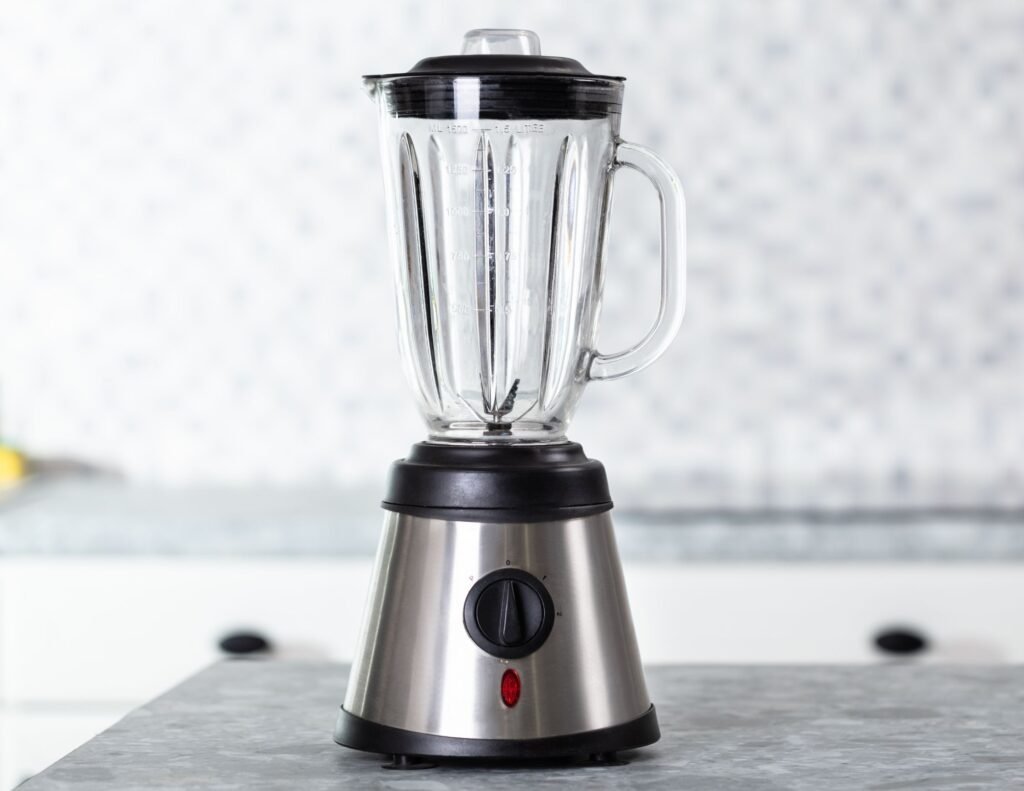
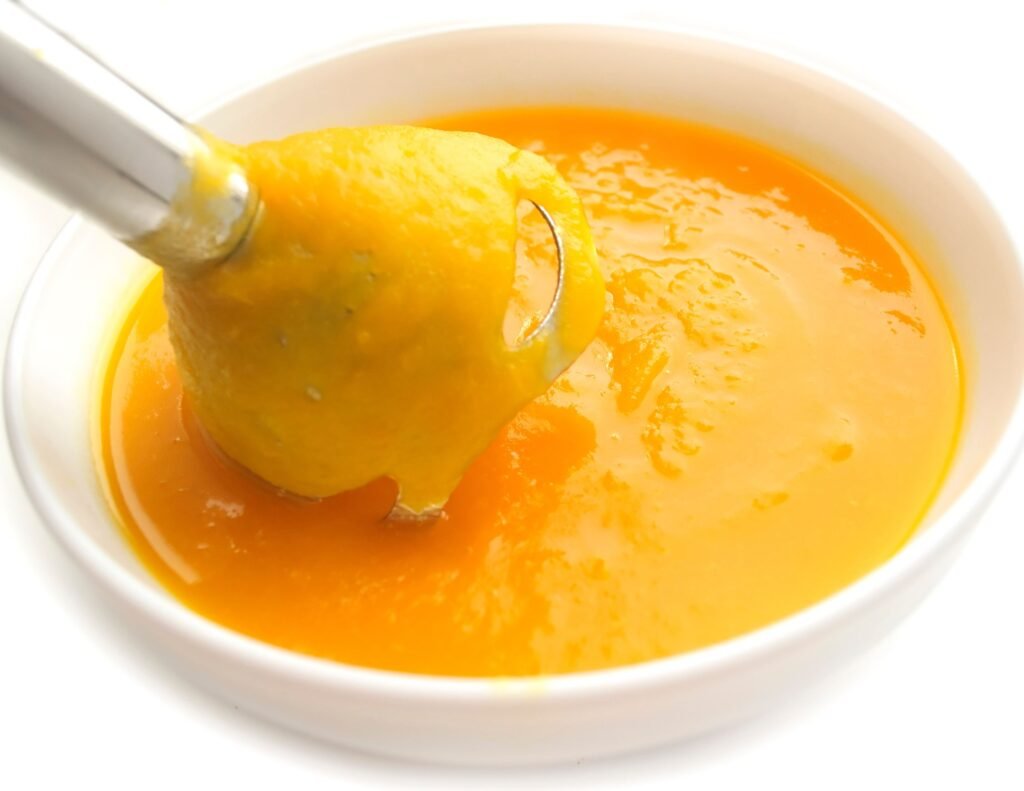
Safety Measures for Preparing Pureed Food
When preparing high quality pureed food for the elderly, especially those with swallowing difficulties, safety is paramount. The process involves more than just achieving the right consistency; it’s about ensuring that each meal is safe to consume and free from potential hazards. Here are key safety measures to consider:
Achieving the Correct Consistency: The texture of the puree is crucial. It should be smooth and uniform without lumps, as even small chunks can pose a choking risk. The puree should be neither too thick nor too thin, as a thick puree can be hard to swallow, and a thin one might cause aspiration. Consistency can be tested by ensuring the puree holds its shape on a spoon but is still soft enough to swallow easily.
Temperature Control: It’s important to serve pureed food at the right temperature. Food that is too hot can cause burns, while cold food might not be as palatable or might harden, altering its texture. Always check the temperature before serving.
Avoiding High-Risk Foods: Certain foods can be challenging to puree safely. Foods that are stringy, fibrous, or have skins, such as certain vegetables and fruits, can create a texture that’s difficult to swallow. These should be either avoided or prepared very carefully, ensuring all fibrous parts are removed.
Hygiene and Food Safety: Proper food handling and hygiene are essential. This includes washing hands thoroughly, using clean equipment, and ensuring that all ingredients are fresh and properly cooked. This is especially important as the elderly might have weakened immune systems, making them more susceptible to foodborne illnesses.
Regularly Reviewing Dietary Needs: Swallowing abilities can change over time, so it’s important to regularly reassess the individual’s needs. This might involve consulting with your health care provider, dietitians, or speech therapists who can provide guidance on the appropriate food texture and nutrition.
Educating Caregivers and Family Members: Everyone involved in meal preparation should be aware of the safety measures and techniques for preparing pureed food. This ensures consistency in meal preparation, regardless of who is cooking.
Preparing safe pureed food for the elderly requires careful attention to texture, temperature, ingredient selection, and hygiene. By adhering to these safety measures, caregivers can ensure that the meals they provide are not only nutritious and enjoyable
Step-by-Step Guide to Pureeing Food for the Elderly
Pureeing food for the elderly with swallowing difficulties is a process that requires careful attention to detail to ensure safety, nutrition, and palatability. Here’s a step-by-step guide to help caregivers prepare pureed meals effectively:
- Selecting the Right Ingredients: Start by choosing ingredients that are naturally soft or can be cooked to a soft consistency. Fruits, vegetables, lean meats, and grains are all excellent choices. Remember to consider nutritional balance and the individual’s dietary needs and preferences.
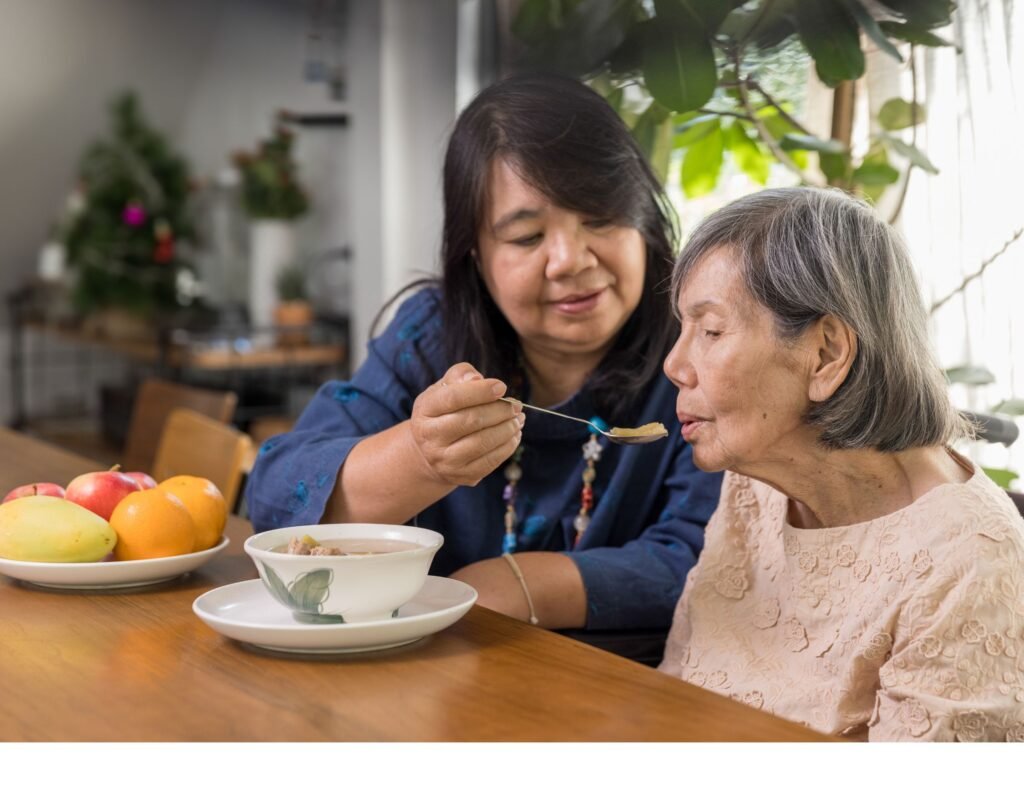
- Preparing the Ingredients: Wash and peel fruits and vegetables as needed. For meats, remove any bones, skin, or tough parts. Cook all ingredients until they are tender. This might mean boiling, steaming, or baking, depending on the food.
- Cutting into Manageable Pieces: Before pureeing, cut the cooked ingredients into smaller pieces. This makes it easier to achieve a smooth consistency and puts less strain on your blending equipment.
- Pureeing the Food: Place the cooked ingredients into a blender or food processor. Add a liquid such as water, broth, milk, or cooking liquid to help achieve the right consistency. The amount of liquid will depend on the desired thickness of the puree.
- Blending to the Right Consistency: Blend the ingredients until smooth. Check the consistency and blend further if any lumps or chunks remain. The final puree should be uniform and smooth, without any fibrous bits or lumps.
- Adjusting Flavor and Texture: Taste the puree and adjust the seasoning as needed. If the puree is too thick, add more liquid. If it’s too thin, you can add more of the solid ingredients or a thickening agent like mashed potato or a small amount of instant mashed potato flakes.
- Straining for Extra Smoothness (Optional): For individuals with severe swallowing difficulties, straining the puree through a fine mesh sieve can remove any remaining bits and ensure a velvety texture.
- Serving or Storing: Serve the puree immediately, or store it in the refrigerator for later use. If storing, ensure it’s covered and consumed within a safe time frame to avoid spoilage.
By following these steps, caregivers can prepare meals that are not only safe and easy to swallow but also nutritious and enjoyable for the elderly. This process allows for a range of foods to be included in the diet, ensuring that meals are both varied and appealing.
Making Pureed Food Palatable
Creating delicious puree food for the elderly, particularly those with swallowing difficulties, is essential for their enjoyment and nutritional intake. The challenge lies in ensuring that these meals are not just safe and nutritious but also appealing to the taste buds. Here are some tips to enhance the palatability of pureed food:
- Flavor Enhancement: The key to making pureed food tasty is to enhance the flavor without compromising the texture. Use a variety of herbs, spices, and seasonings to add depth and interest to the dishes. For instance, a pinch of nutmeg can elevate a pureed sweet potato, while fresh basil can transform a tomato-based puree. Be mindful of the individual’s taste preferences and dietary restrictions when adding seasonings.
- Incorporating Variety: To prevent mealtime monotony, it’s important to offer a variety of foods. Experiment with different fruits, vegetables, proteins, and grains to provide a range of flavors and nutrients. This variety not only keeps meals interesting but also ensures a balanced diet.
- Texture Considerations: While the food needs to be smooth, adding slight variations in texture can make a big difference in palatability. For example, mixing a slightly thicker puree with a more fluid one can create a pleasant mouthfeel. However, always ensure that these textures are safe for the individual to swallow.
- Adding Natural Sweeteners: For a touch of sweetness, consider natural sweeteners like honey, maple syrup, or pureed fruits. These can be especially helpful in enhancing the flavor of bland foods. Remember to use sweeteners sparingly and in accordance with any dietary restrictions.
- Enhancing Visual Appeal: The presentation of food can impact appetite and enjoyment. Use colorful ingredients to make the dishes visually appealing. Serving pureed food in attractive dishes and garnishing with a sprig of herb or a swirl of yogurt can make the meal more inviting.
- Maintaining Food Integrity: Try to retain the original flavor of the food as much as possible. This means not overcooking the ingredients and using fresh, high-quality produce. The closer the pureed version tastes to the original food, the more likely it is to be enjoyed.
In summary, making pureed food palatable involves a combination of enhancing flavors, introducing variety, considering textures, and focusing on presentation. By paying attention to these aspects, caregivers can ensure that pureed meals are not only nutritious and safe but also enjoyable, encouraging better eating habits and overall well-being in the elderly with swallowing difficulties.
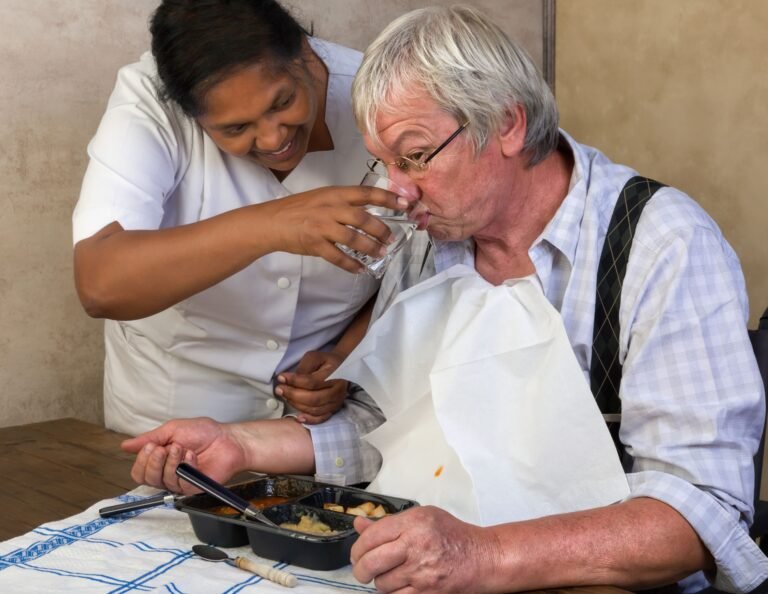
Nutritional Considerations for Pureed Diets
When preparing pureed diets for the elderly with swallowing difficulties, it’s crucial to focus on nutritional content. Pureed foods, while easier to swallow, can sometimes be less nutrient-dense if not properly planned. Here are key nutritional considerations to ensure that these diets are both safe and nourishing:
- Ensuring Balanced Macronutrients: A well-rounded diet should include a balance of carbohydrates, proteins, and fats. Carbohydrates can be sourced from pureed fruits, vegetables, and grains, while proteins can come from pureed meats, beans, and dairy products. Healthy fats can be incorporated through sources like avocado and olive oil. It’s important to ensure that each meal contains a mix of these macronutrients to support overall health.
- Incorporating Essential Vitamins and Minerals: The elderly are at risk of vitamin and mineral deficiencies, which can impact their health and well-being. Including a variety of fruits and vegetables in the diet can help provide essential vitamins and minerals. In some cases, supplements may be necessary, but this should be done under the guidance of a healthcare professional.
- Addressing Fiber Intake: Fiber is important for digestive health, but it can be challenging to include in a pureed diet. Incorporating pureed vegetables and fruits with skins (when safe to do so), and using whole grains, can help maintain adequate fiber intake. However, it’s important to balance fiber with the need for a smooth texture.
- Managing Hydration: Ensuring adequate fluid intake is crucial, as the elderly are more prone to dehydration. This can be addressed by including hydrating foods in the diet, such as soups and pureed fruits with high water content, and offering regular drinks.
- Caloric Density and Portion Control: Some elderly individuals may have reduced appetites or increased caloric needs due to health conditions. It’s important to ensure that the food is calorically dense enough to meet their needs without being overly filling. This can involve using ingredients like full-fat dairy products like ice cream or adding calorie-rich supplements to purees.
- Tailoring to Individual Needs: Nutritional needs can vary widely among the elderly, especially those with specific health conditions like diabetes or heart disease. It’s important to tailor the diet to these individual requirements, which may involve adjusting sugar, sodium, or fat content.
Ensuring the nutritional adequacy of pureed diets involves balancing macronutrients, vitamins, and minerals, addressing fiber and hydration needs, and considering individual dietary requirements. By focusing on these nutritional considerations, caregivers can provide meals that not only meet the swallowing needs of the elderly but also support their overall health and wellness
Understanding Caloric Needs for Elderly Individuals on Pureed Diets
When preparing pureed diets for elderly individuals, particularly those with swallowing difficulties, understanding and meeting their caloric needs is crucial. Elderly individuals often have different metabolic rates and may have varying levels of physical activity, which can affect their caloric requirements. Here are some key points to consider:
- Assessing Individual Caloric Requirements: The caloric needs of elderly individuals can vary based on factors like age, gender, weight, height, and level of physical activity. It’s important to assess these needs, possibly with the help of a healthcare provider or dietitian, to ensure that the pureed diet provides sufficient energy.
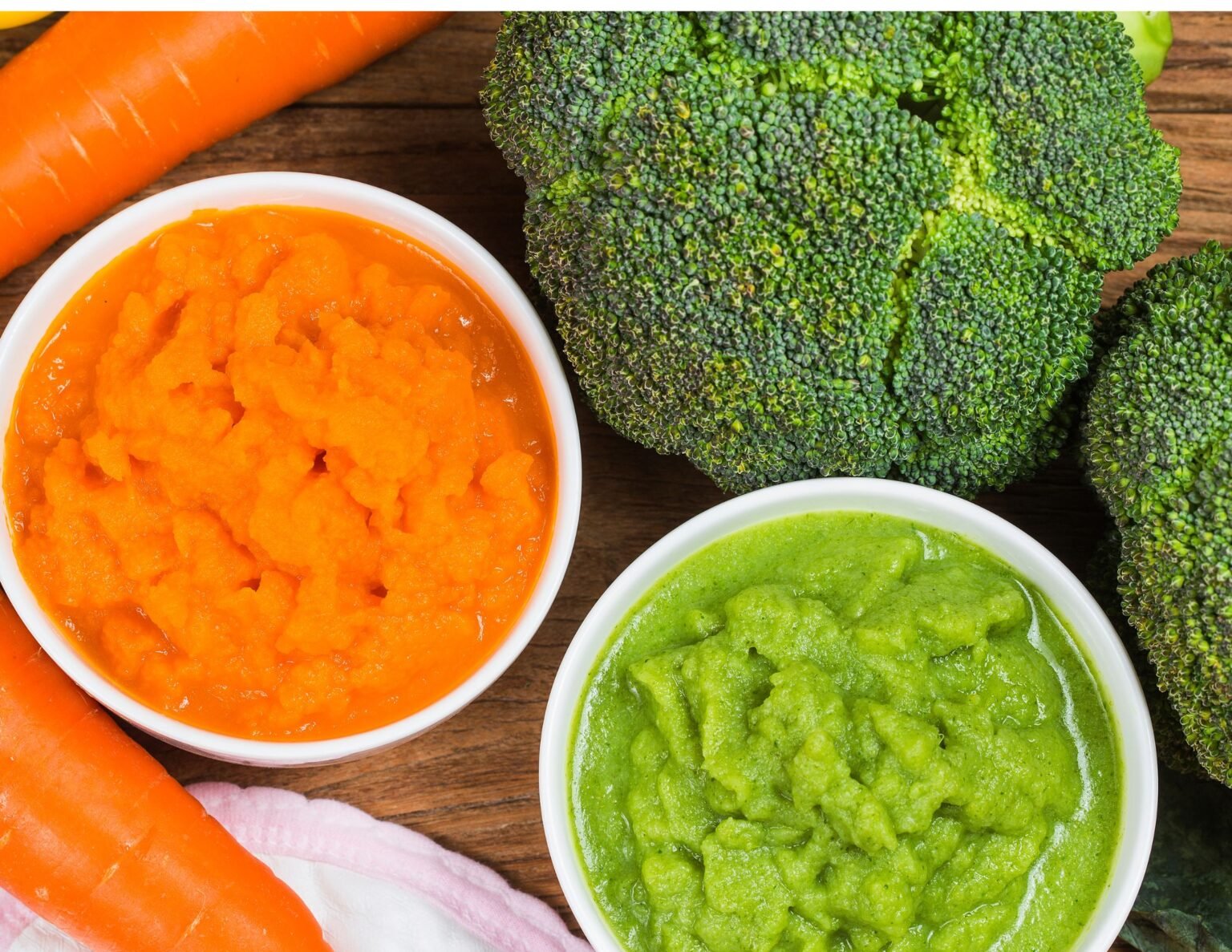
- Adjusting for Reduced Appetite: Many elderly individuals experience a reduced appetite or may eat less due to difficulties in chewing or swallowing. This makes it essential to ensure that the food they consume is calorically dense enough to meet their needs. This can involve incorporating ingredients like olive oil, avocado, or nut butters, which are high in healthy fats and calories.
- Balancing Nutrient-Dense and Calorie-Dense Foods: While it’s important to include calorie-dense foods, it’s equally crucial to ensure that these foods are also nutrient-dense. This means they should provide vitamins, minerals, and other nutrients in addition to calories. For example, incorporating pureed fruits and vegetables can boost the nutrient profile of the meal.
- Monitoring Weight and Health: Regular monitoring of the individual’s weight and overall health can provide insights into whether their caloric needs are being met. Sudden weight loss or signs of malnutrition should be addressed promptly, possibly with adjustments to the diet.
- Adapting to Changing Needs: The caloric needs of elderly individuals can change over time, especially if they are dealing with health conditions or changes in their level of physical activity. Regular reassessment and adaptation of the diet are important.
Understanding and meeting the caloric needs of elderly individuals on pureed diets is a dynamic process that requires careful consideration of their individual requirements and regular monitoring. By ensuring that these diets are both calorically and nutritionally adequate, caregivers can help maintain the health and well-being of their elderly loved ones.
Involving the Elderly in Meal Planning
Involving elderly individuals in the planning of their high-quality pureed meals is a crucial aspect of caregiving that can significantly enhance their overall dining experience. This involvement not only caters to their preferences but also promotes a sense of independence and dignity. Here are some ways to effectively involve them in meal planning:
- Discussing Food Preferences: Start by having conversations about their favorite foods and flavors. Understanding their likes and dislikes helps in preparing meals that they will enjoy. This can include discussing preferred tastes (such as sweet or savory), favorite dishes from the past, and any fond food memories.
- Adapting Family Recipes: One way to make pureed diets more appealing is by adapting familiar and loved family recipes to a pureed form. This not only provides comfort through familiar tastes but also helps maintain a connection with family traditions and memories.
- Encouraging Choice: Whenever possible, offer choices between different meals or ingredients. For instance, ask if they would prefer a fruit or vegetable puree, or between two types of protein. This choice can make mealtime more engaging and satisfying.
- Involving in Preparation: Depending on their ability, involve them in the preparation process. This could be as simple as asking them to help select ingredients or giving them tasks like washing fruits and vegetables. Such involvement can provide a sense of accomplishment and control over their diet.
- Regular Feedback and Adjustments: After meals, seek their feedback on what they liked or disliked and make adjustments accordingly. This ongoing dialogue ensures that their meals continue to align with their preferences and needs.
In summary, involving the elderly in meal planning for their pureed diets is a respectful and effective way to ensure that their meals are not only nutritious and safe but also enjoyable and aligned with their personal preferences. This involvement can significantly enhance their quality of life and overall satisfaction with their meals.
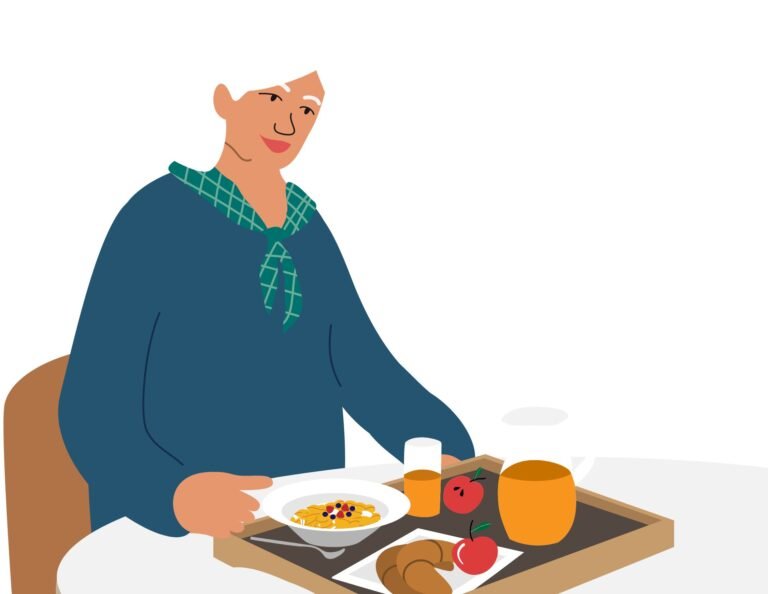
Conclusion
careful consideration, compassion, and culinary creativity. It’s not just about transforming solid foods into a smoother consistency; it’s about ensuring that these meals are safe, nutritious, and enjoyable. The process involves understanding the unique dietary needs and preferences of the elderly, selecting the right ingredients, using appropriate equipment, and employing safe food preparation techniques.
The importance of making pureed food palatable cannot be overstated. It’s essential for maintaining the elderly’s interest in food and ensuring adequate nutritional intake. By enhancing flavors, varying textures, and presenting meals attractively, caregivers can make a significant difference in the daily lives of their elderly loved ones. Moreover, involving the elderly in meal planning and respecting their food preferences plays a crucial role in preserving their dignity and autonomy.
Ultimately, the goal is to provide meals that are not only easy to swallow but also bring pleasure and comfort. This approach to meal preparation can improve the overall well-being and quality of life for the elderly, making mealtime a moment to look forward to. Caregivers, whether family members or professionals, play a pivotal role in this process, and their efforts in preparing these meals with care and consideration are deeply valuable.
Pureeing food for the elderly loved one with swallowing difficulties is an act of love and care. It goes beyond mere nutrition, encompassing the elements of safety, enjoyment, and respect for individual preferences, all of which are key to providing holistic care for the elderly.
Resources
Here are some resources for delicious pureed food recipes and tips for preparing
Books
- “The Dysphagia Cookbook: Great Tasting and Nutritious Recipes for People with Swallowing Difficulties” by Elayne Achilles
- “Essential Puree: The A to Z Guidebook” by Diane Wolff
- “Soft Foods for Easier Eating Cookbook: Easy-to-Follow Recipes for People Who Have Chewing and Swallowing Problems” by Sandra Woodruff and Leah Gilbert-Henderson
- “The Blender Girl: Super-Easy, Super-Healthy Meals, Snacks, Desserts, and Drinks” by Tess Masters
Websites
- Dysphagia Diet – Offers guidelines and recipes for dysphagia diets. Visit Website
- The American Speech-Language-Hearing Association (ASHA) – Provides resources on swallowing disorders. Visit Website
- SeniorCare2Share – Offers tips and recipes for elderly nutrition and swallowing difficulties. Visit Website
- Eating Well – Features healthy recipes that can be adapted for pureed diets. Visit Website
- The National Foundation of Swallowing Disorders – Provides information and support for individuals with swallowing disorders. Visit Website
Videos
“How to Cook Delicious Pureed Meals for Seniors”- Watch on YouTube
“Gaylord’s Dysphagia Education Series: Pureed Food” – Watch on YouTube
“Dysphagia – The Pureed Diet Made Easy” – Watch on YouTube
“Dysphagia Exercises for Swallowing Difficulty” – Watch on YouTube
These resources offer a guide to understanding, preparing, and serving pureed food for the elderly with swallowing difficulties, providing valuable insights for caregivers and family members.
As an Amazon Associate, I earn from qualifying purchases from links listed in the above article.


